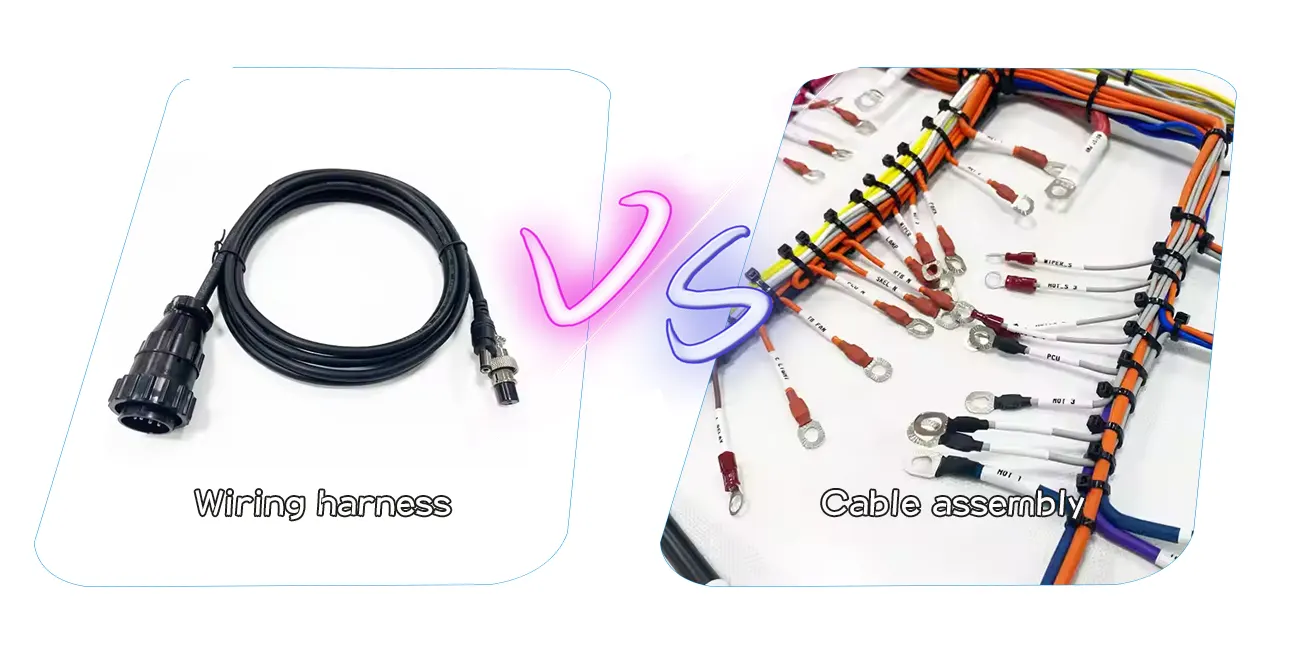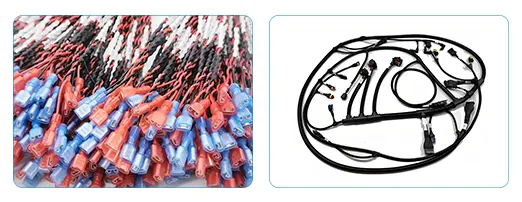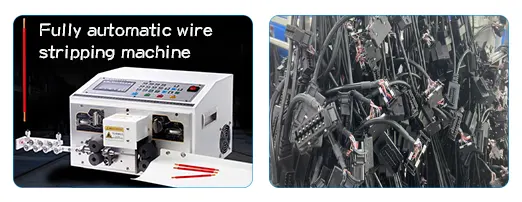
By quanyu lee
2025-06-23 08:01:56
What is the difference between a wire harness and a cable assembly
Wiring harnesses and cables are both important components for power and signal transmission, but they have distinct differences in design, construction, and purpose.
Different core functional positioning
Wire harness: An assembly of multiple wires or cables tied and fixed according to certain rules, usually also includes connectors, terminals, and other components.
Cable assembly: Generally refers to a whole with specific functions composed of one or more cables, connectors, and plug-ins.

Structure comparison table
| Characteristic | Wire Harness | Cable Assemblies |
| Transmission signal type | Low frequency signal, control signal, small and medium power | High frequency signal, high power |
| Core functions | Systematic connections within the device | Power/signal transmission |
| Typical applications | Internal circuit connections of automobiles, household appliances, and electronic equipment. | Communication base stations, radar systems, power transmission systems, and aerospace equipment. |
| Environmental requirements | Generally, the indoor environment has relatively low requirements for environmental adaptability. | Need to adapt to harsh environments (such as high temperature, high pressure, humidity, corrosion, etc.) |
Manufacturing process
Wire harness
Processing steps: mainly include wire cutting, wire stripping, terminal crimping, connector assembly, bundling, and other steps.
Process requirements: There are certain requirements for the arrangement of wires and the firmness of bundling to ensure the reliability and stability of the wire harness.

Cable assembly
Processing steps: In addition to cutting and stripping the cable, the cable and connector need to be precisely welded, crimped, or connected in other ways to ensure the reliability of the connection and the quality of signal transmission.
Process requirements: Since it involves high-frequency signal transmission or high-power transmission, the requirements for processing technology are higher. It is necessary to ensure that the shielding layer and insulation layer of the cable are not damaged, and the contact of the connection parts is good.

Kaweei's wire harness customization factory is deeply engaged in the field of wire harnesses. It can bundle and fix multiple wires or cables according to certain rules, according to customer needs. At the same time, it is equipped with connectors, terminals and other components to carefully create wire harness products that meet the needs of scenarios such as automobiles, home appliances, and internal circuit connections of electronic equipment, making the integration of multiple lines and the transmission of general signals and power more efficient and reliable. If you need a customized wire harness, please contact us.



